

EASTER ORDERS ARE CLOSED!
Wishing everyone a Happy Easter



It’s always a feast with shellfish on the table
As an island continent surrounded by oceans, it’s not surprising that seafood has always been an essential part of the Australian diet. Among the various seafood options, shellfish stands out for its unique taste and nutritional benefits.
Shellfish refers to a broad category of marine animals that possess a shell or exoskeleton. As seafood, shellfish are an excellent source of protein and vitamins and minerals, such as Vitamin B12, calcium, magnesium and zinc. They are classified into two groups: crustaceans and molluscs.
Crustaceans are characterised by their hard exoskeleton. You’ve probably had these popular crustaceans for lunch or dinner:

This seafood paella isn’t complete without those delicate, tasty shrimp.
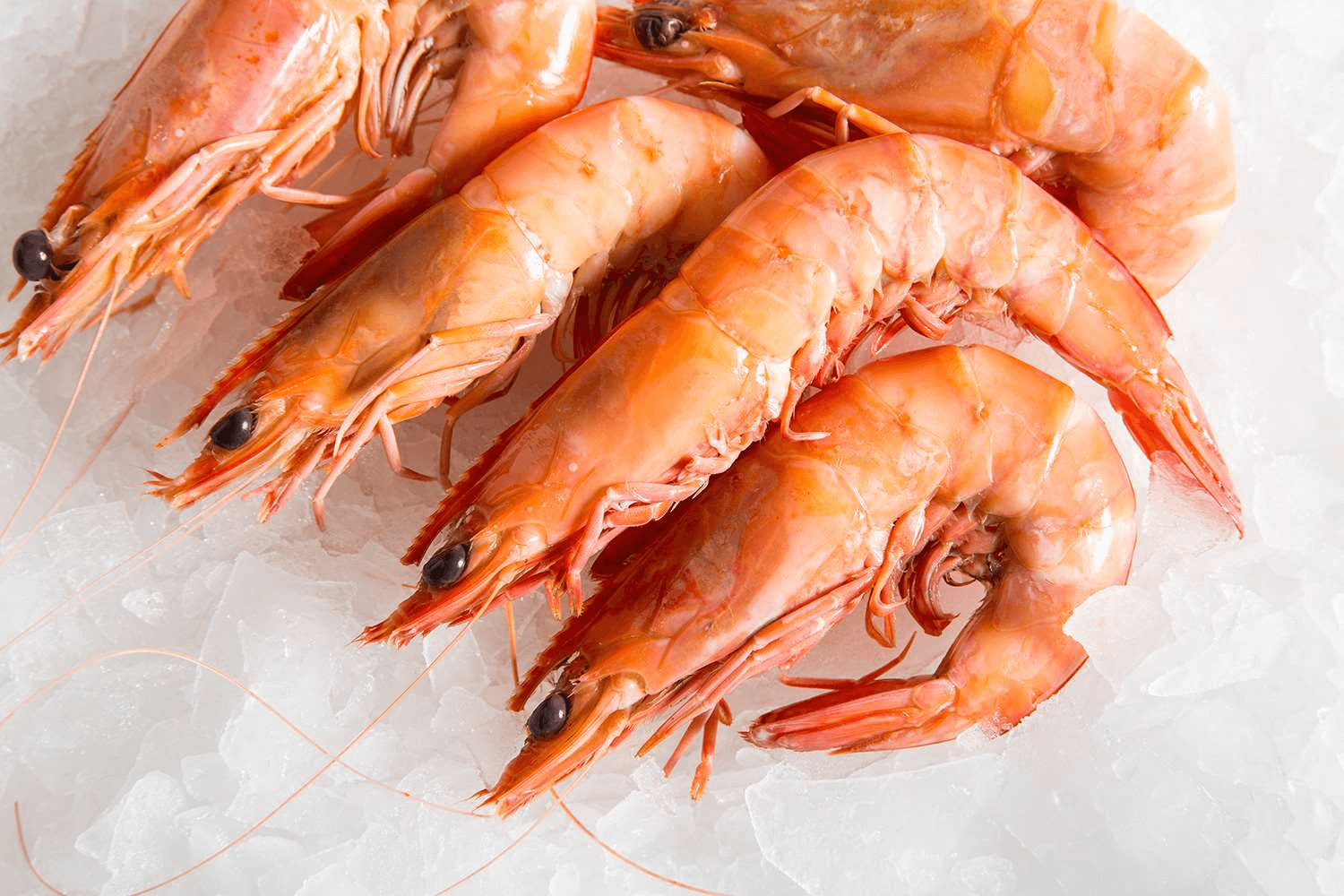
Buy large, cooked prawns and other delicious seafood from Manettas, Australia’s trusted seafood marketplace, and proud supporter of sustainable fishing and shellfish farming.
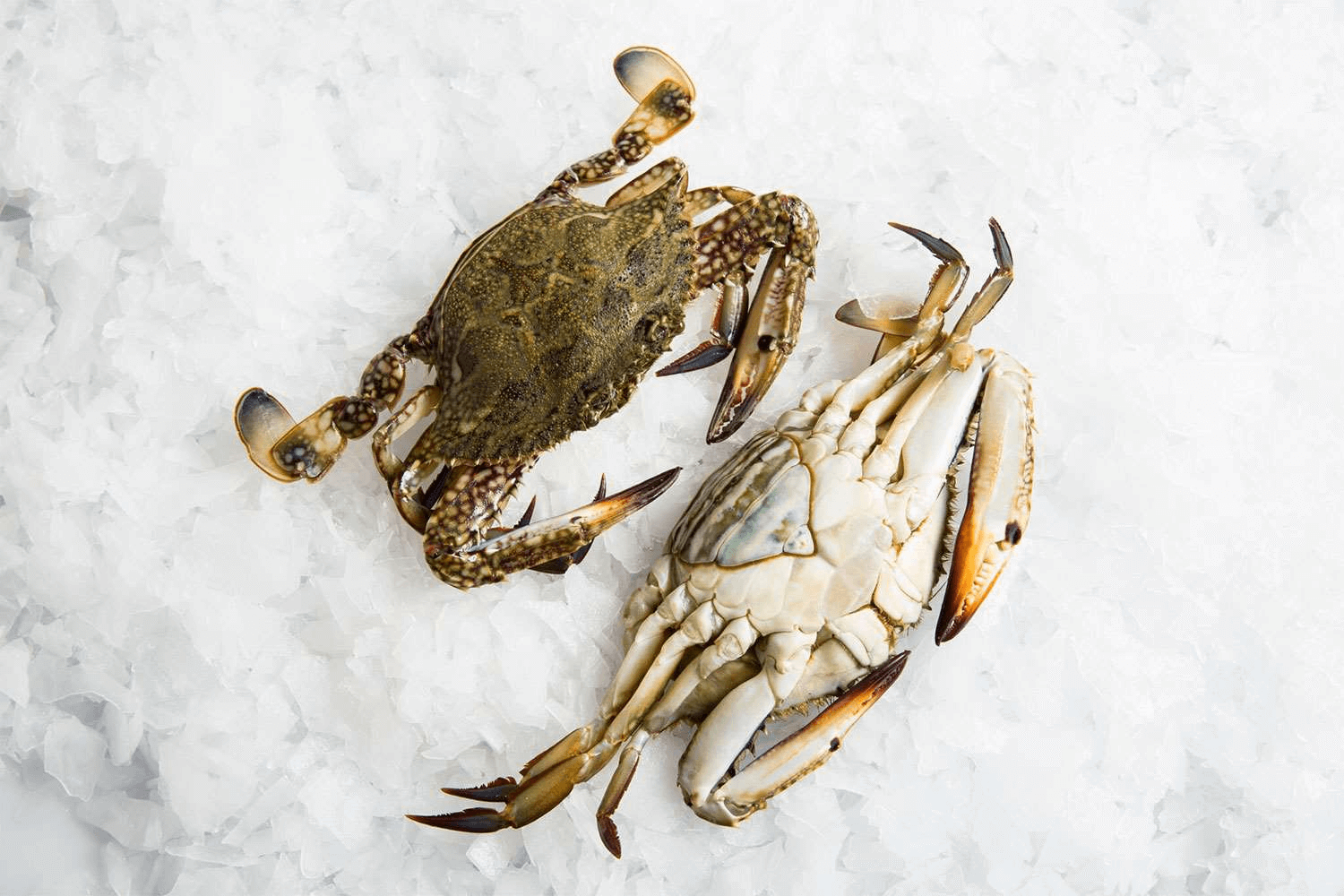
Go for female blue swimmer crabs, as they hold sweetness and flavour better compared to their male counterparts.
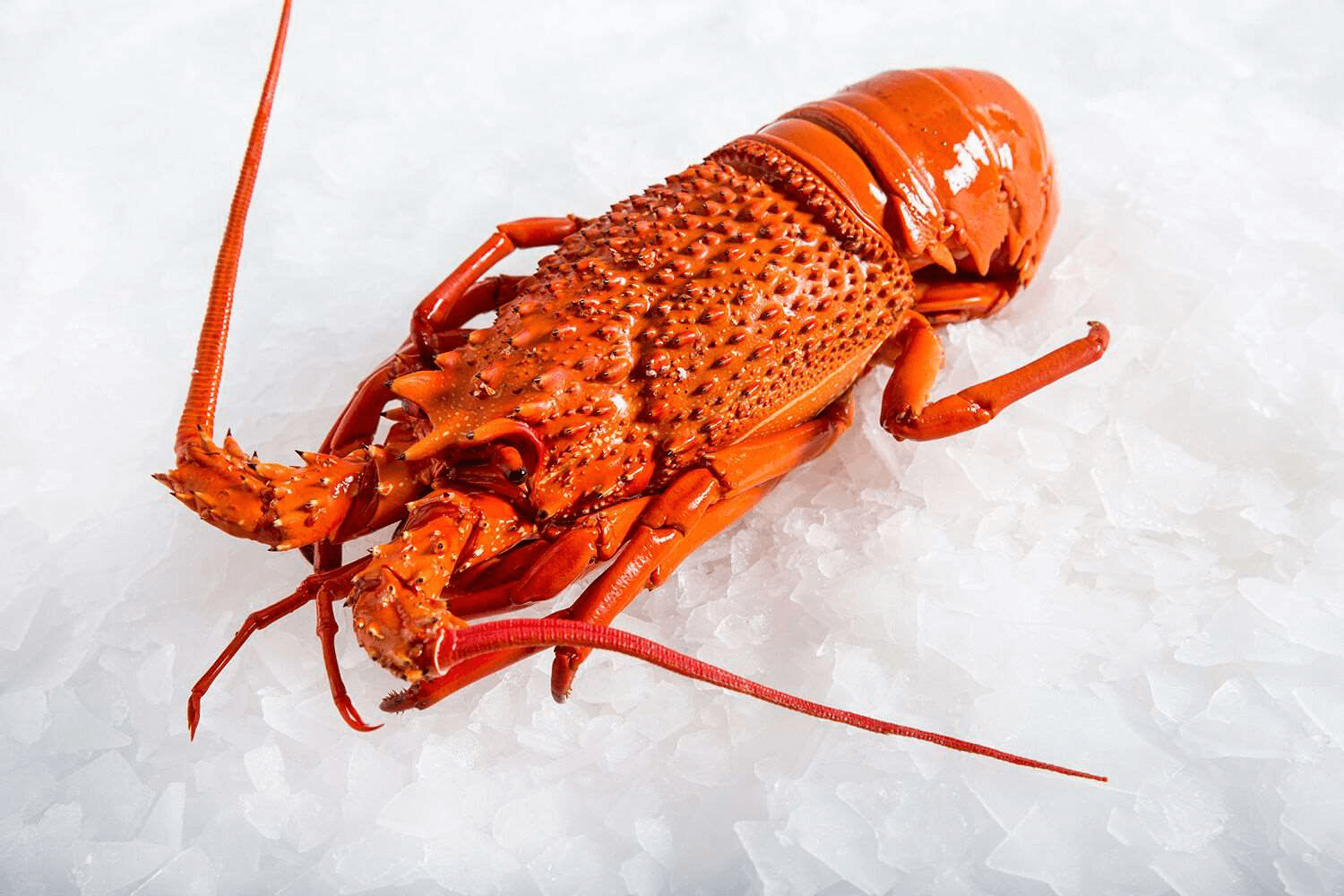
You only need a squeeze of lemon to enjoy this cooked eastern rock lobster.
Molluscs are characterised by their soft, unsegmented bodies. Here are some of the more popular types of molluscs:
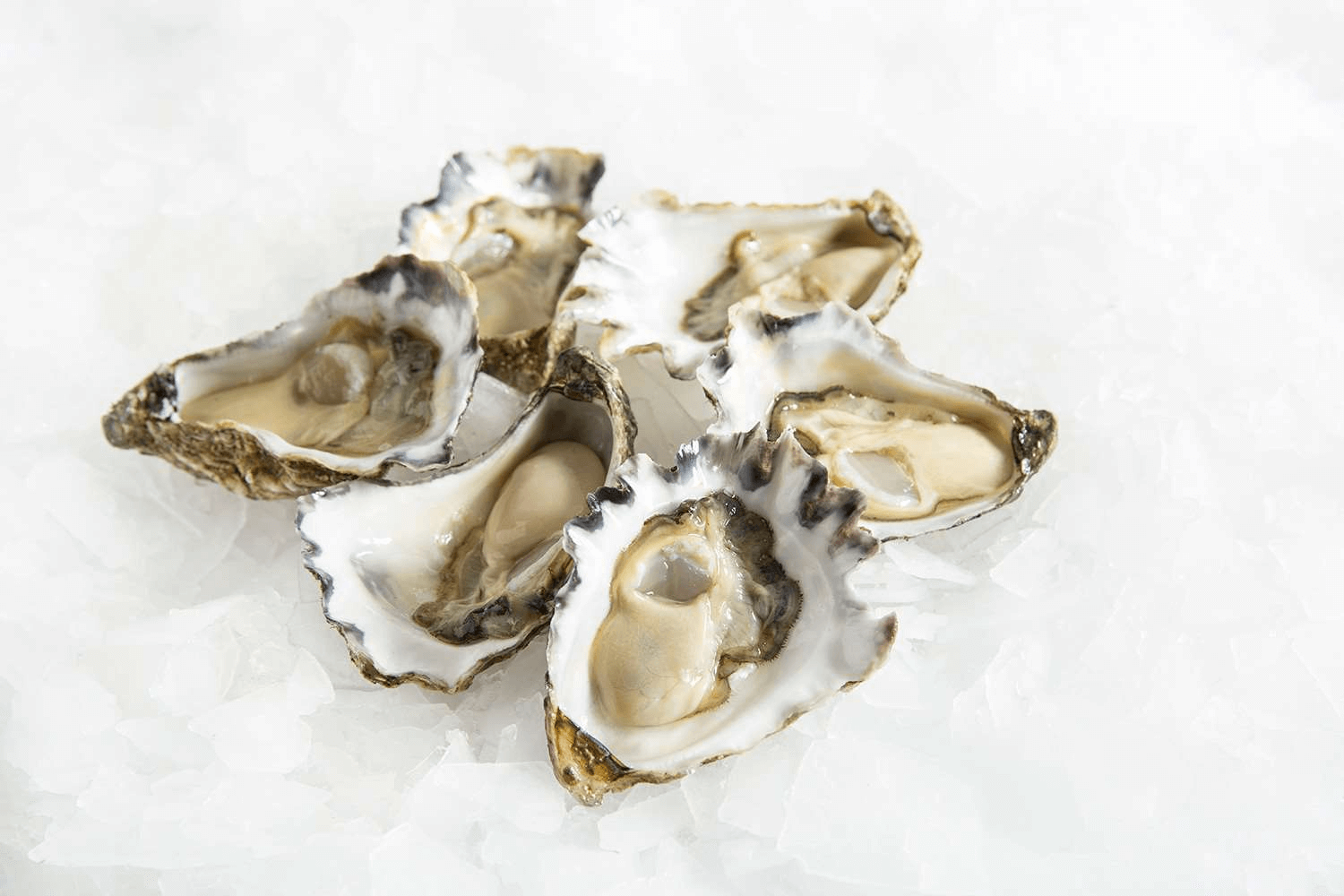
Creamy with a plump body and a clean finish—how do you like your (Sydney rock) oysters?
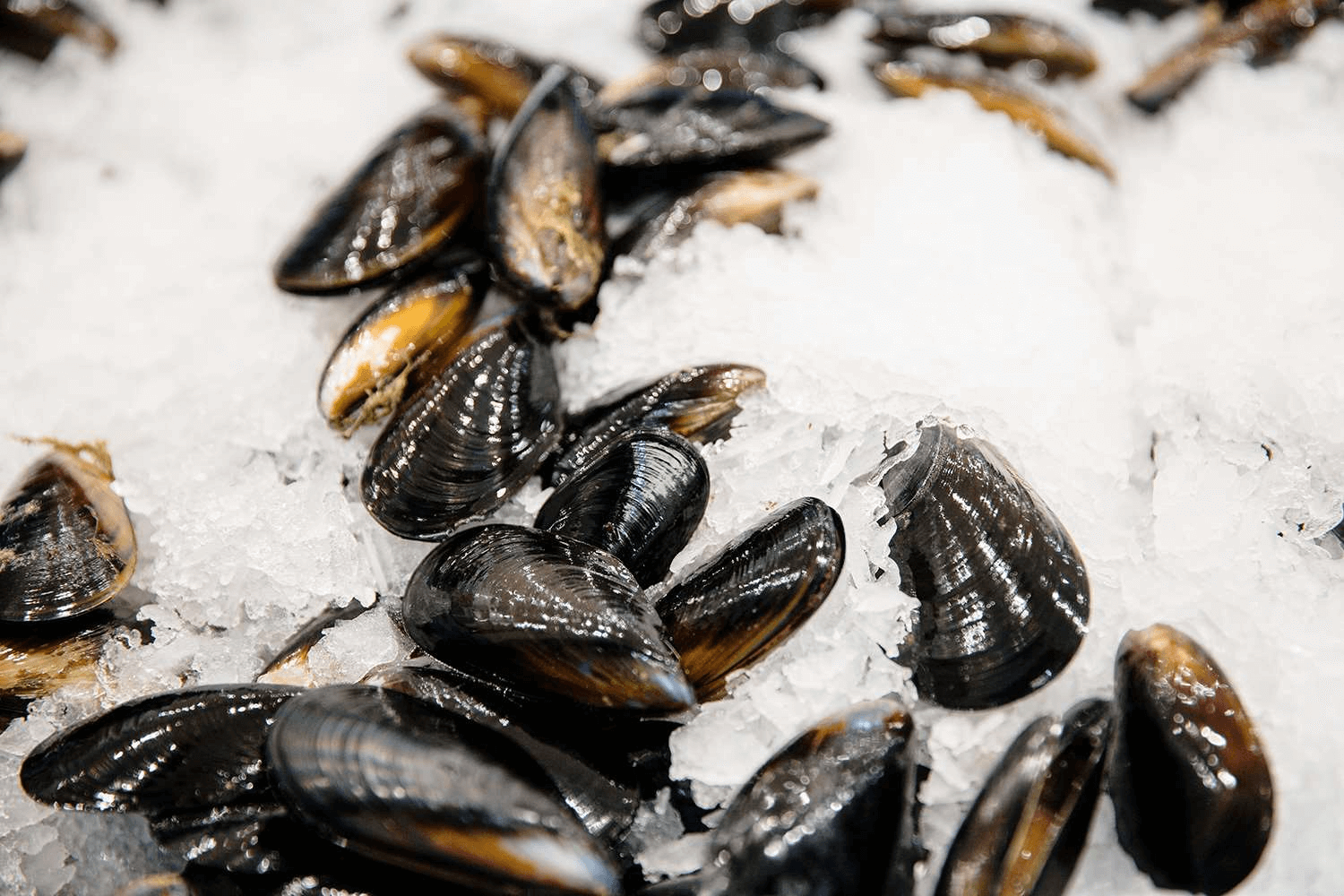
Black mussels from South Australia and Tasmania are simply the best.
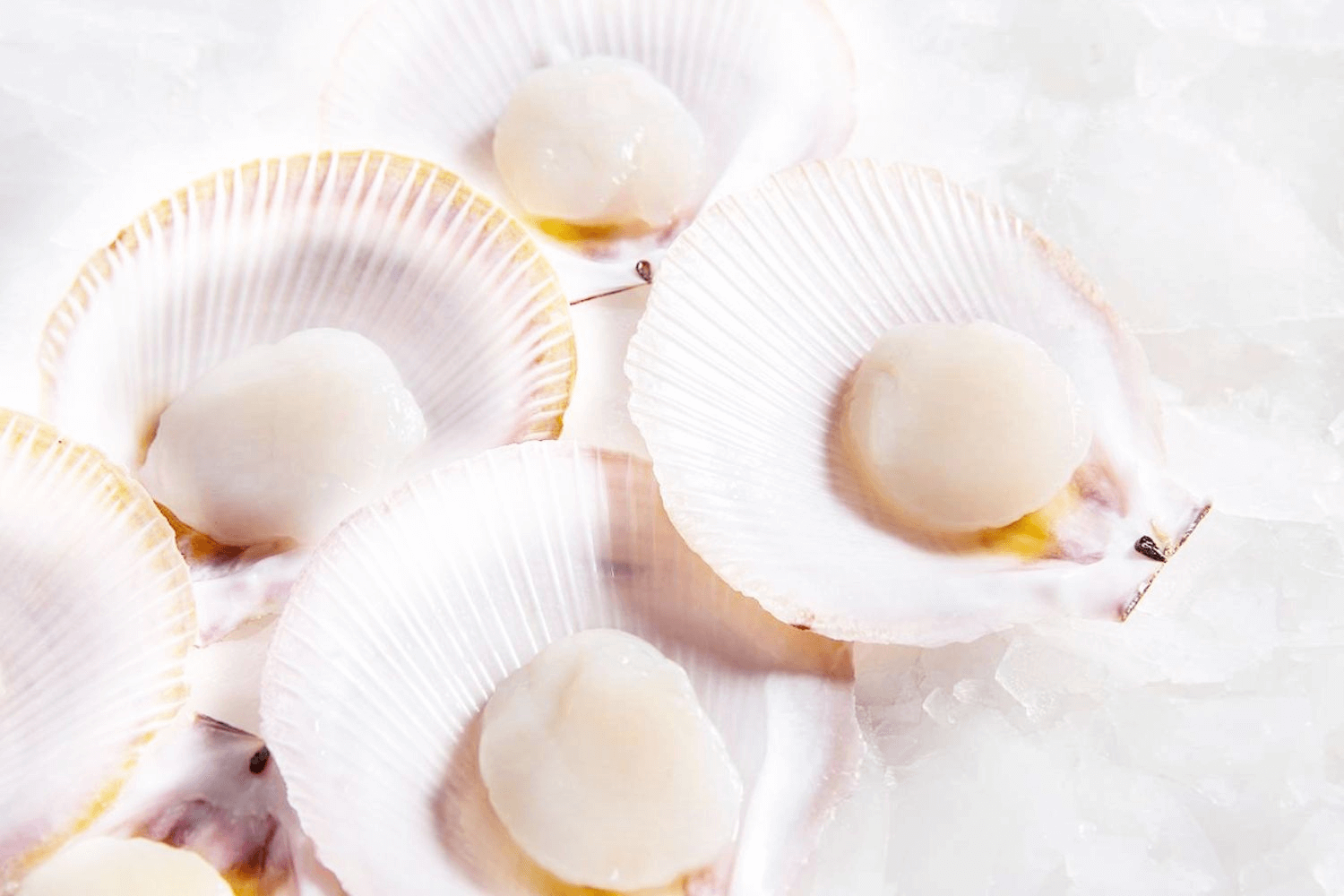
No other way but the grill for lovers of these Hokkaido scallops from Japan. Oishi!
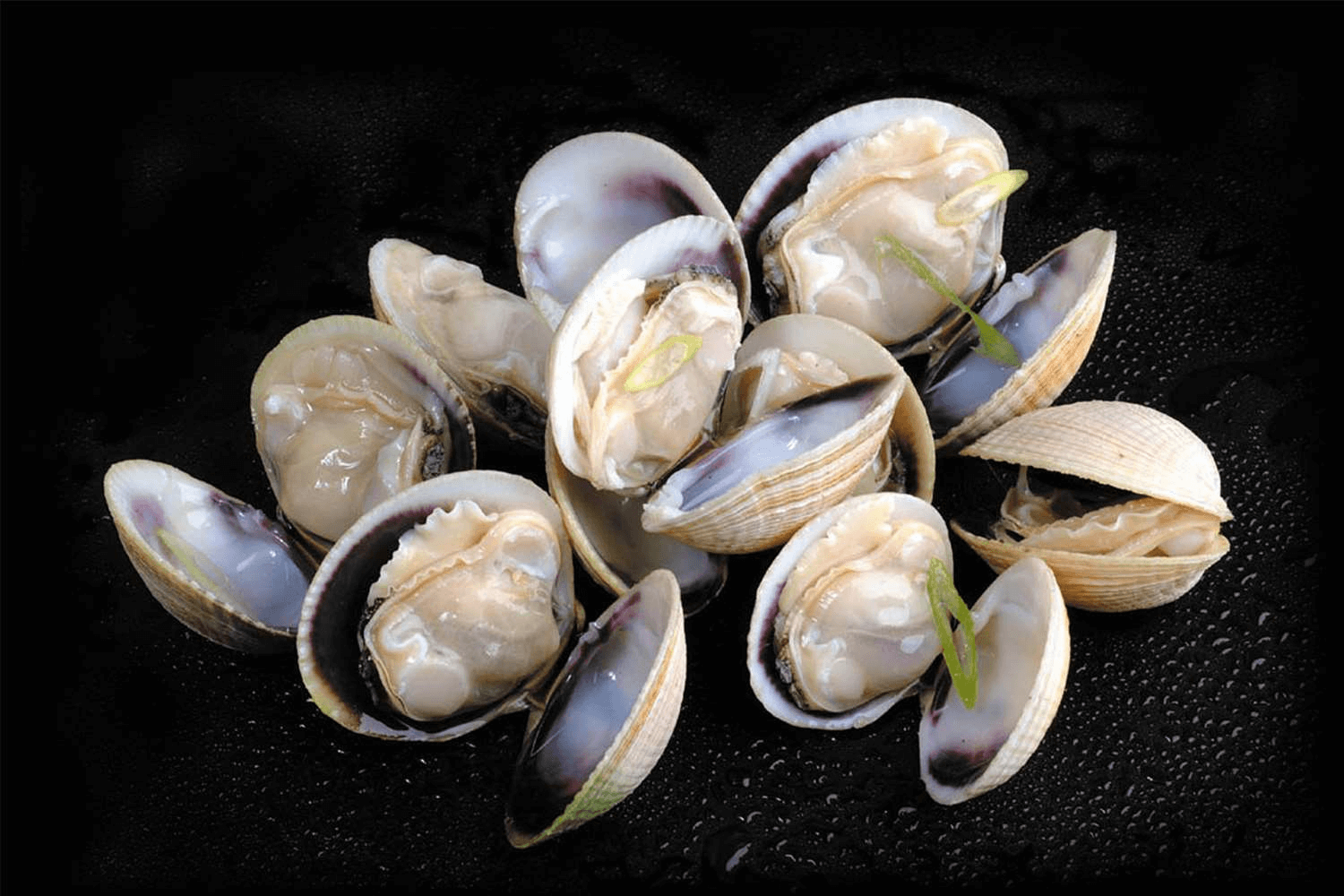
Littleneck Clams also known as New Zealand cockles and vongole
Shellfish, such as oysters, clams and mussels, provide numerous ecosystem services and play a significant role in maintaining a healthy and balanced marine ecosystem. They act as natural filters, removing excess nutrients and suspended particles from the water. With this filter-feeding behaviour, they can help improve water quality and clarity, creating a healthier environment for everyone.
Moreover, shellfish serve as a food source for many marine species, including fish and birds. Their shells provide habitats and shelter for other small marine creatures, such as barnacles and algae, which help create a diverse and thriving ecosystem.
Shellfish are loaded with nutrients and therefore offer a load of health benefits depending on the type and preparation. Here are some of the health benefits you can expect from eating shellfish:
Shellfish allergy is prevalent in many parts of the world and is, in fact, one of the 10 most common food allergies in Australia. It typically develops during adulthood and is usually a lifelong condition. Individuals with a family history of allergies are more likely to develop a shellfish allergy.
The most common types of shellfish that cause allergic reactions include shrimp, crab, lobster and crayfish. Oysters, clams, mussels and scallops can also cause an allergic reaction but this tends to be less common.
Symptoms of a shellfish allergy can range from mild to severe, and can develop within minutes to hours after consuming shellfish.
Being allergic to finned fish doesn’t necessarily mean you’re also allergic to shellfish. However, some individuals may be allergic to both types of fish. If you have a history of shellfish allergy, it might be best to avoid all types of shellfish, including the less common allergens.
To ensure that the shellfish you’re buying is safe to eat, it’s important to follow some guidelines for cooking and preparation.
Lastly, always choose a reputable source like Manettas Seafood Market for your shellfish needs, where you can trust that the seafood is daily-caught and ocean-fresh, sourced from dedicated Aussie fishmongers who prioritise quality, sustainability and proper handling practices to deliver the finest shellfish to your table.